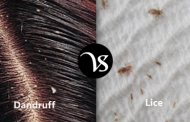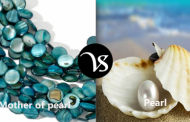 White gold:
White gold:
White gold is the mixture of pure gold and white metals such as silver, manganese or nickel. Its purity is expressed in karats. As the white gold is coated with rhodium it is shiny.
Yellow gold:
Yellow gold is the mixture of pure gold with alloy metals such as copper and zinc. It is the most popular metal. It suits the people with warm skin tones.
Differences:
| Basis | White gold | Yellow gold |
|---|---|---|
| Definition (www.oxforddictionaries.com) |
A silver-coloured alloy of gold with nickel, platinum, or another metal. | A yellow precious metal, the chemical element of atomic number 79, used in jewellery and decoration and to guarantee the value of currencies. |
| Synonyms | Alloy, white metal, gold nickel alloy | Golden, Bullion, Metal, nickel, treasure and zinc |
| History | White gold was invented in the 19th century where it was alloyed with palladium. It became commercially available as of 1912 in Pforzheim, Germany and gained popularity in the mid-1920 as a low cost substitute for platinum. | Gold artifacts found at the Nahal Kana cave cemetery dated during the 1980s, showed these to be from within the Chalcolithic, and considered the earliest find from the Levant (Gopher et al. 1990). |
| Word origin | The word white gold was originated in between 1660-70. | It was originated from Old English, of Germanic origin; related to Dutch goud and German Gold, from an Indo-European root shared by yellow. |
| Pronunciation |
|
|
| Made of | White gold is an alloy of gold mixed with another metal to whiten its color, making it closely resemble platinum. | Yellow gold is made from pure gold with alloy metals such as copper and zinc |
| Advantages/Benefits | Its merits are:
|
Its merits are:
|
| Disadvantages | Its demerits are:
|
Its demerits are:
|
| Example in Sentence |
|
|





